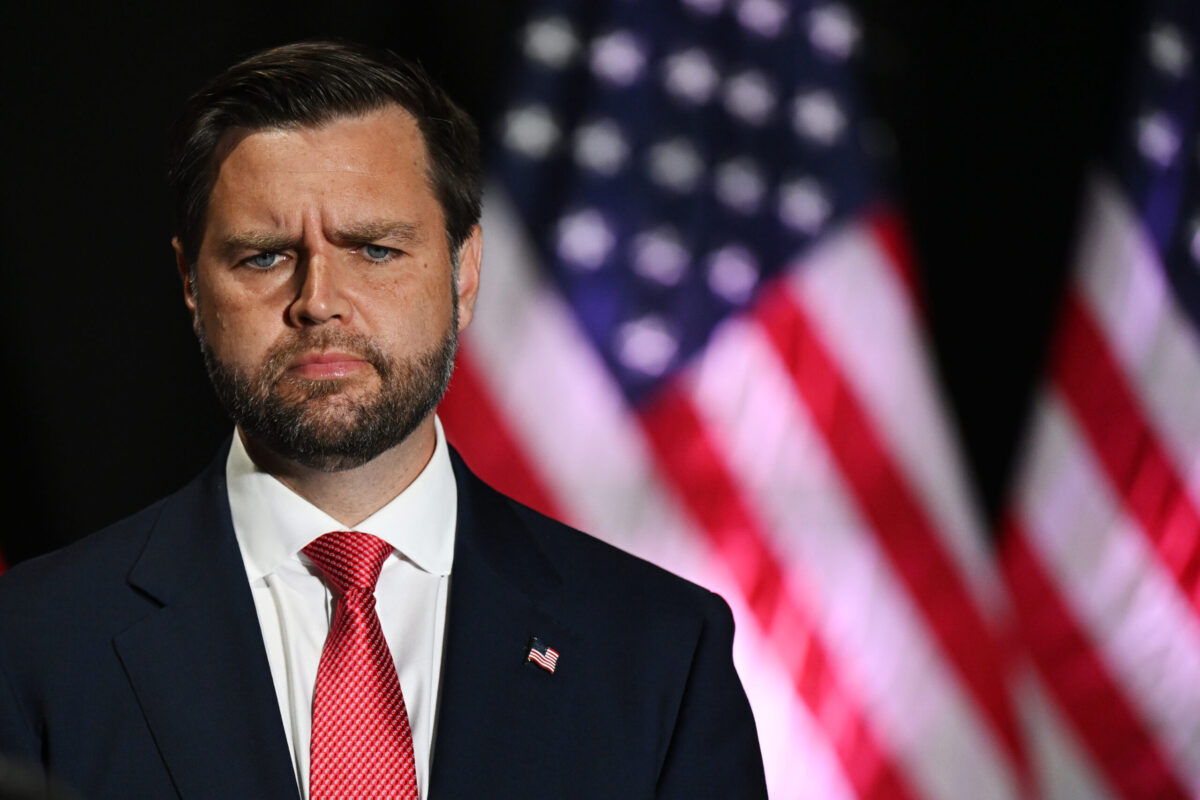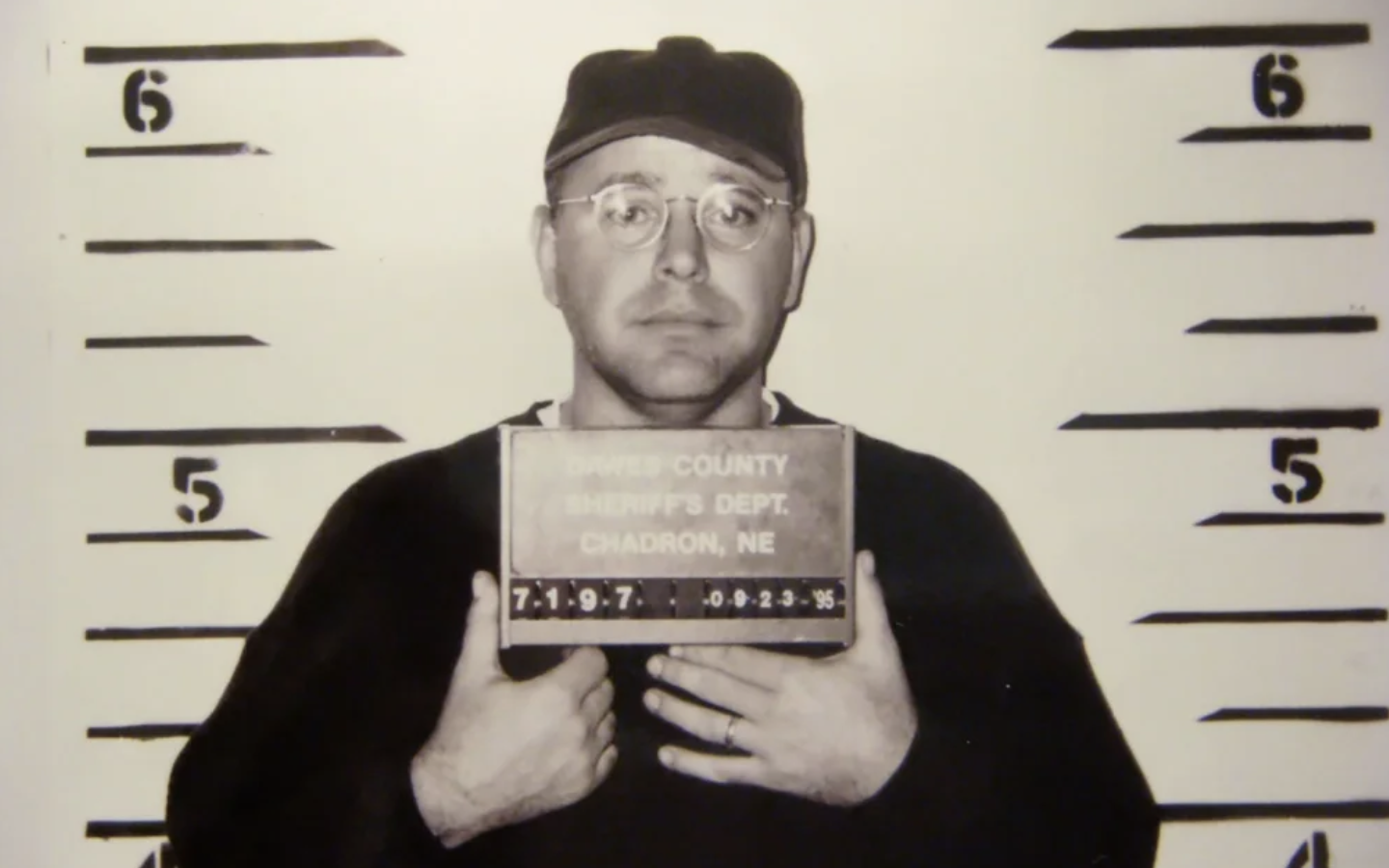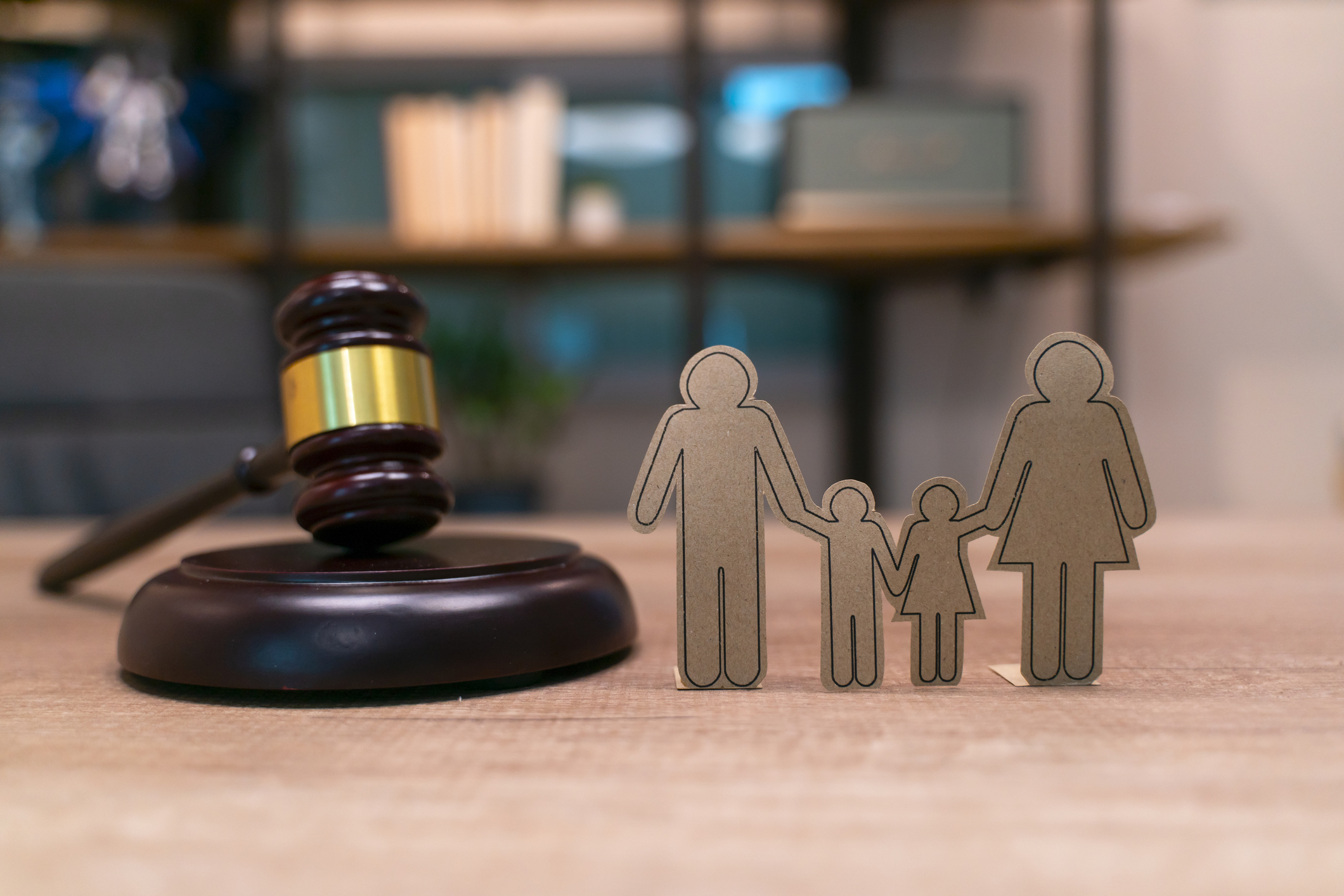
www.dailywire.com
How Trans Ideology Is Infecting The Foster Care System
The “transing” of America’s foster care system is under way, and Vice President Kamala Harris and Minnesota Governor Tim Walz are totally on board. It doesn’t bother them that injecting trans ideology into foster care means that some vulnerable children are banned from finding new homes with loving families. It’s already happening. Just ask the Harmon family of St. Peter, Minnesota.
My organization, the Conscience Project, has released a short video documenting what Nancy and Jay Harmon had to endure. The couple has fostered around 50 children over the last 25 years. Nancy was a foster child herself. In December 2021 the Harmons took in three sisters aged 9, 10, and 11. The girls had suffered unimaginable abuse and neglect by their biological parents. Nancy recalls, for example, that when the water went out at the girls’ house, their biological parents “told them to collect rainwater.” At times, the oldest girl has claimed to be “nonbinary.”
In the summer of 2022, Nancy and Jay were asked by the adoption agency contracted by their county’s child social service department to consider adopting the girls. After much “prayer and reflection, given the girls’ significant mental health and physical needs,” they agreed to adopt the girls.
Several months later, as the Harmons waited for news of what they thought was a pending adoption, Nancy opened an email mistakenly sent to her by the adoption agency to the county. “When are we going to tell the Harmons that they’re not the right fit?” she read. Nancy was astonished. She reached out to county officials for clarification. She was told that it was because of her “religious beliefs.”
What exactly are the “religious beliefs” that would render the Harmons incapable of a permanent relationship with the girls they had cared for over two years?
Nancy and Jay are devout Christians and hold to a Biblical understanding of the human person, made God’s image and as described in Genesis: “Male and female, He created them.”
The county argued that, in light of the oldest girl’s “gender nonconformity,” it was in the best interests of the children to find a more “affirming” household. A government official even suggested splitting up the sisters and asked if the Harmons would be willing to adopt just the two youngest ones. Nancy and Jay were incredulous.
It was only after the girls’ private psychiatrist recommended that the girls stay together that the county and the private adoption agency changed course and allowed the adoption to go through. In December 2023, all three girls were adopted by the Harmons.
Nancy has also shared her family’s story as a friend of the court in support of Jessica Bates, an Oregon mother of five who wanted to adopt two siblings under the age of 10. During training with Oregon’s family services, Jessica was told that she had to agree to “gender-affirming” indoctrination as a condition to be certified to adopt through the state. When she objected, pointing to her Christian beliefs, she was told she was ineligible to adopt. Jessica’s case is currently before the Ninth Circuit Court of Appeals, a court infamously known for toeing the progressive line.
A tragedy was averted for the Harmons, but foster families like theirs continue to be targeted by ideologues. Let’s not forget that the Harmons live in Minnesota. Tim Walz’s Minnesota.
This spring, Governor Walz proudly signed into law legislation that encourages out-of-state, “gender non-conforming” children whose parents object to them receiving medical intervention to come to Minnesota. And Walz’s Minnesota is one of 28 states that treat gender identity as a protected class, and treat any failure to “affirm” a foster child’s supposed identity as discrimination.
Like Walz, Vice President Kamala Harris has been riding the trans bandwagon, to the detriment of vulnerable foster kids. The Biden-Harris administration, for example, recently finalized rules that demand that states provide “designated placements” for foster children who identify as “LGBTQI+”. These “providers”, the administration explains, are “specially designated to serve LGBTQI+ children because they have made a set of commitments and undergone training to better meet the needs of LGBTQI+ children.” The providers are ideologues, in other words. The rule will certainly limit the number of homes available to LGBTQ+-identifying foster children to those that are “affirming.” The progressive group Human Rights Campaign cites these new rules in their effusive support for Harris’s presidential run.
Nancy and Jay Harmon are wonderful people who have opened their home to children in need because of their Christian beliefs. Kamala Harris and Tim Walz think those same beliefs render them ineligible to do so. Is this the kind of America we want? Is this kind of America the Constitution permits? I don’t think so.
* * *
Andrea Picciotti-Bayer is Director of the Conscience Project.
The views expressed in this piece are those of the author and do not necessarily represent those of The Daily Wire.
















